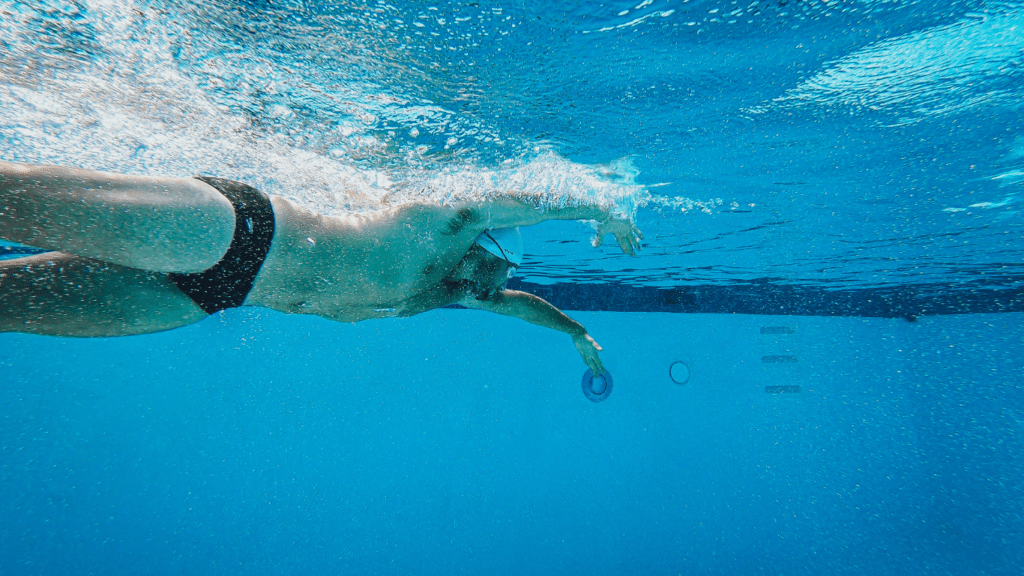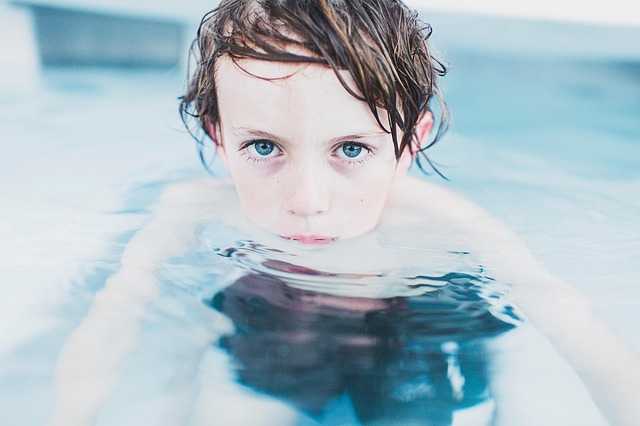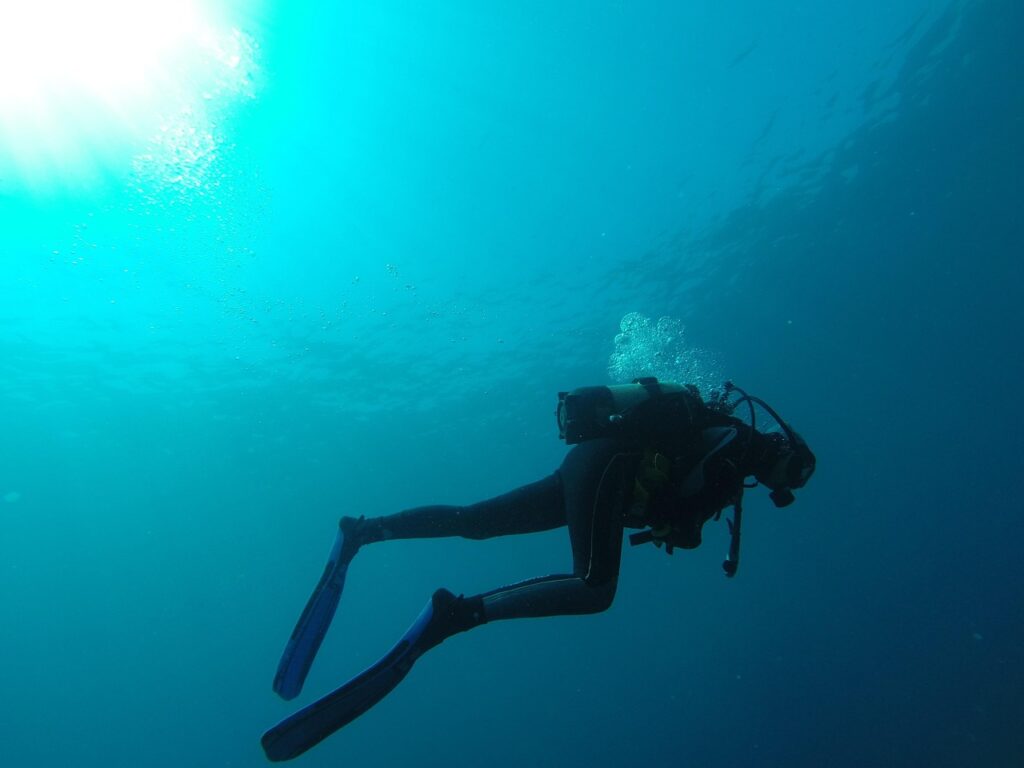As an avid open water swimmer, I’ve witnessed firsthand the evolving challenges posed by climate change in my beloved sport. The warming of our planet has brought about significant shifts in water temperatures, altered weather patterns, and increased risks of extreme events, all of which have profound implications for open water swimming enthusiasts like myself.
In this article, I’ll delve into the ways in which climate change is reshaping the landscape of open water swimming, from the changing dynamics of currents and tides to the heightened concerns about water quality and safety. Understanding these impacts is not only crucial for the future of our sport but also serves as a stark reminder of the urgent need for collective action to mitigate the effects of climate change on our oceans and waterways.
The Impact of Climate Change on Water Temperatures
As an open water swimming enthusiast, I’ve witnessed firsthand the effects of climate change on water temperatures. The rising global temperatures have significant implications for this sport, affecting both the environment and the athletes.
- Increasing Temperatures and Its Effects
With the increasing temperatures due to climate change, open water swimming conditions are rapidly changing. Warmer water temperatures can lead to several consequences for swimmers. Firstly, the rise in water temperatures can alter ecosystems, impacting marine life and potentially introducing new species to swimming areas. These changes can pose challenges for swimmers in adapting to unfamiliar conditions and may increase the risk of encounters with different marine organisms. Moreover, warmer waters can also affect the physical performance and endurance of swimmers. High water temperatures can cause swimmers to overheat more quickly, leading to fatigue and potentially affecting their overall swimming experience. As a result, athletes may need to adjust their training regimens and strategies to cope with these changing conditions. - Cold Water Events and Swimmer Safety
While the focus is often on warmer waters, cold water events are also impacted by climate change. As temperatures fluctuate unpredictably, swimmers participating in cold water events face unique safety challenges. Rapid drops in water temperatures can increase the risk of hypothermia and cold-water shock, posing significant threats to swimmers’ well-being. As a swimmer, being aware of these risks and adequately preparing for cold water events is crucial. Understanding how climate change influences water temperatures and weather patterns can help swimmers and event organizers make informed decisions to ensure the safety and well-being of participants. Staying informed about changing conditions and implementing safety measures are essential steps in mitigating the impact of climate change on cold water swimming events.
Water Quality Concerns for Swimmers
As an open water swimming enthusiast, I understand the critical importance of water quality for swimmers. Let’s explore the key factors that impact water quality in open water environments.
The Role of Algal Blooms in Open Water
Algal blooms are a significant concern for open water swimmers. These rapid increases in algae populations can occur due to nutrient pollution from human activities like agriculture and wastewater discharge. Algal blooms not only affect water clarity and aesthetics but can also pose serious health risks to swimmers. Some algae produce toxins that can cause skin irritation, respiratory problems, and gastrointestinal issues if ingested or if water contaminated with algae is swallowed during swimming.
Pollution Levels and Health Risks
Pollution levels in open water bodies are a major contributing factor to water quality concerns for swimmers. Runoff from urban areas, industrial activities, and agricultural practices can introduce various pollutants such as bacteria, viruses, chemicals, and microplastics into the water. Exposure to these contaminants can lead to a range of health risks for swimmers, including skin infections, gastrointestinal illnesses, respiratory issues, and even long-term effects on overall health. It’s essential for swimmers to be aware of potential pollution sources in open water and take necessary precautions to minimize health risks.
Safety Challenges for Open Water Swimmers

When it comes to open water swimming, there are several safety challenges that swimmers need to be aware of to ensure a safe and enjoyable experience. Let’s explore some of the key aspects related to safety in open water swimming:
Weather Patterns and Swimming Conditions
In open water swimming, weather patterns play a crucial role in determining swimming conditions. Changes in weather, such as sudden storms or strong winds, can make swimming challenging and potentially dangerous. Swimmers must stay informed about weather forecasts and be prepared to adjust their plans accordingly to ensure their safety.
Preparation and Adaptation Strategies
Preparation is key to overcoming safety challenges in open water swimming. Swimmers should carefully plan their swims, considering factors such as water temperature, currents, and potential hazards. It’s essential to have the right equipment, including swim buoy, wetsuit, and goggles, to enhance safety during the swim. Additionally, swimmers must be prepared to adapt to changing conditions and have contingency plans in place in case of emergencies. Regular training and practicing specific safety drills can also help swimmers improve their readiness for unexpected situations in open water.
Open Water Swimming Events and Climate Change
As an open water swimming enthusiast, I understand the critical connection between climate change and the sport I love. Let’s delve into how climate change impacts open water swimming events and what changes we are witnessing.
Impact on Competitive Swimming
In competitive open water swimming, climate change presents significant challenges. With rising water temperatures altering the dynamics of races, athletes face new hurdles. Swimmers must adapt to changing conditions that can affect their performance and overall experience in events. The need for comprehensive training regimes that simulate various climate scenarios becomes imperative to excel in these changing landscapes.
Changes in Event Scheduling and Locations
Climate change has forced event organizers to reconsider traditional scheduling and locations for open water swimming competitions. Shifts in weather patterns and water conditions require adaptive strategies to ensure the safety and fairness of races. As a result, there is a growing trend towards flexible schedules and diversified locations to accommodate fluctuating environmental factors. Swimmers and organizers alike must be prepared for these adjustments to navigate the evolving landscape of open water swimming events effectively.


 is a dedicated fitness enthusiast with a deep-seated passion for swimming and holistic health. Leveraging her extensive background in competitive swimming and personal training, she provides readers with expert advice on optimizing their workouts and enhancing their overall well-being. Kiara's writing stands out for its blend of motivation and practical tips, making complex fitness concepts accessible and actionable. She is committed to helping individuals of all levels reach their fitness goals by promoting a balanced approach to exercise and nutrition. In her articles on Swim Fast Stay Fit, Kiara shares her personal experiences, training techniques, and strategies for overcoming common fitness challenges, inspiring others to lead healthier and more active lives.
is a dedicated fitness enthusiast with a deep-seated passion for swimming and holistic health. Leveraging her extensive background in competitive swimming and personal training, she provides readers with expert advice on optimizing their workouts and enhancing their overall well-being. Kiara's writing stands out for its blend of motivation and practical tips, making complex fitness concepts accessible and actionable. She is committed to helping individuals of all levels reach their fitness goals by promoting a balanced approach to exercise and nutrition. In her articles on Swim Fast Stay Fit, Kiara shares her personal experiences, training techniques, and strategies for overcoming common fitness challenges, inspiring others to lead healthier and more active lives.
